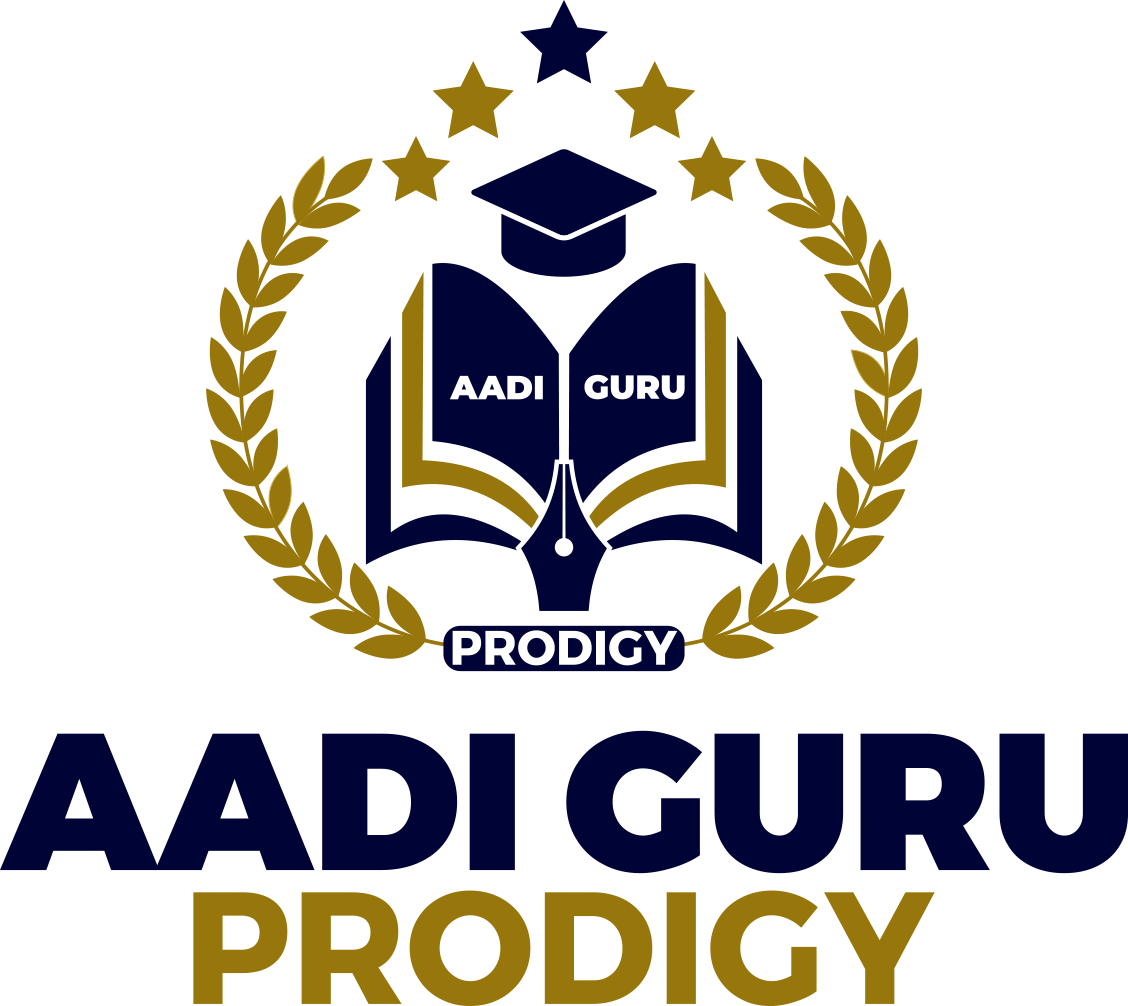Top 5 Python NLP Tools for Text Analysis Applications

Top 5 Python NLP Tools:
NLP is a kind of man-made reasoning that can figure out the semantics and meanings of human dialects, while successfully recognizing any usable data. This gained data and any experiences assembled can then be utilized to fabricate successful information models for a scope of purposes, Python NLP Tools.
1. TextBlob:
TextBlob is a library for Python 2 and 3 that processes textual data. Its primary goal is to make common text-processing functions accessible through user-friendly interfaces. To provide NLP capability for the creation of text analysis apps, TextBlob objects may be utilized like Python strings.
Noun phrase extraction, language translation, part-of-speech tagging, sentiment analysis, WordNet integration, and other NLP tasks are made simple by TextBlob’s intuitive API.
Because text can be processed with just a few lines of code, this library is highly recommended for those who are just starting in the field of application development for text analysis.
2. SpaCy:
The development of applications that focus on processing significant volumes of text in a short amount of time is made simpler by this open-source Python NLP library, which has established itself as the preferred library for use in production.
SpaCy can be utilized for the preprocessing of text in profound learning conditions, building frameworks that figure out the regular language, and for the making of data extraction frameworks.
SpaCy’s tokenization support for 49 languages and its abundance of pre-trained statistical models and word vectors are two of its primary selling points. SpaCy is also favored by many Python developers due to its extremely high speeds, passing efficiency, integration of deep learning, modeling of convolutional neural networks, named entity recognition capabilities, and other features.
3. Natural Language Tool Kit (NLTK):
One of the most widely used Python platforms for processing human language data and text analysis is NLTK, which includes numerous text-processing libraries. This toolkit, favored by both seasoned NLP developers and novices, provides a straightforward introduction to language processing-focused programming applications.
source:https://www.analyticsinsight.net/top-5-python-nlp-tools-for-text-analysis-applications/
